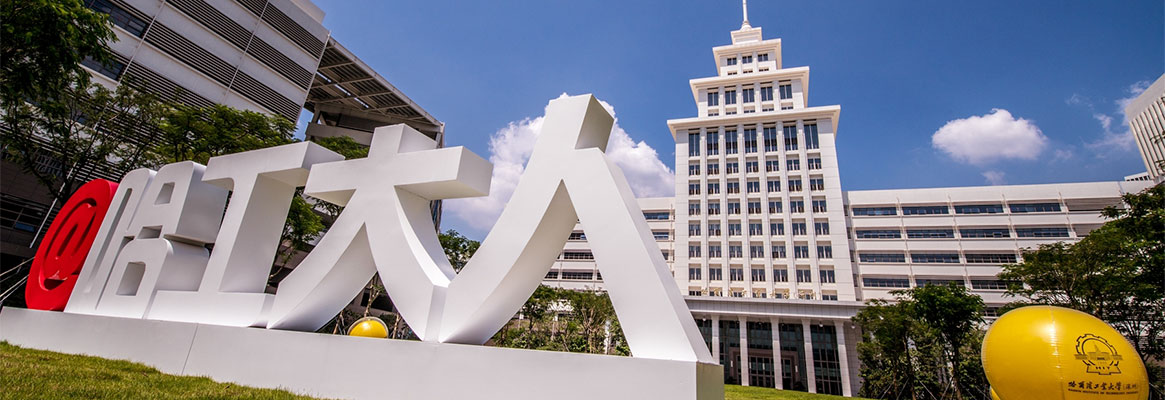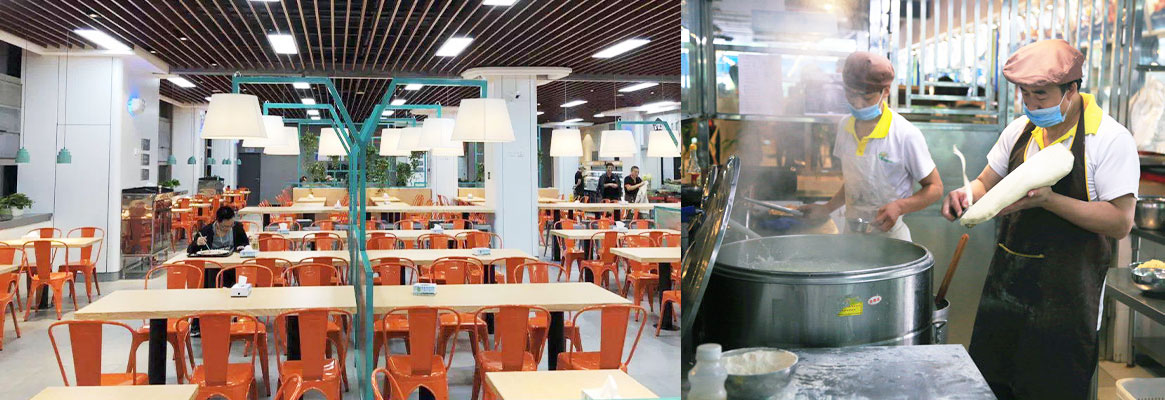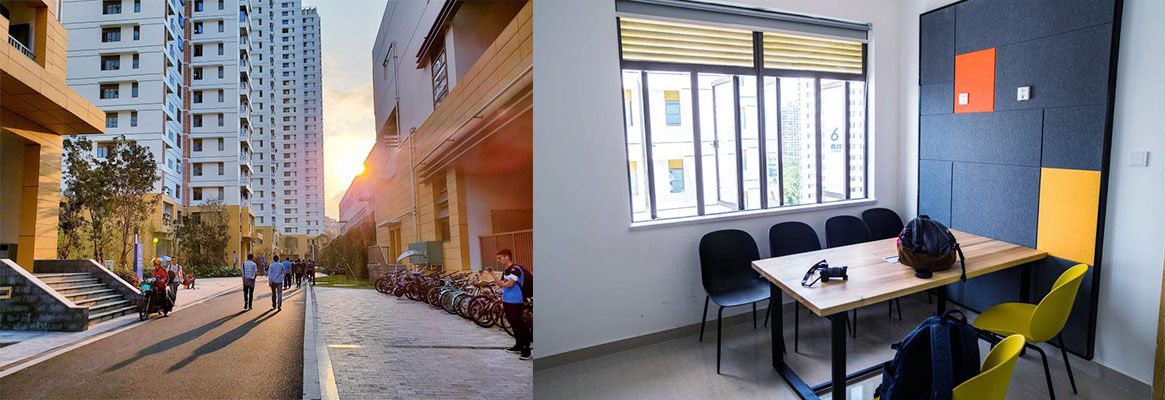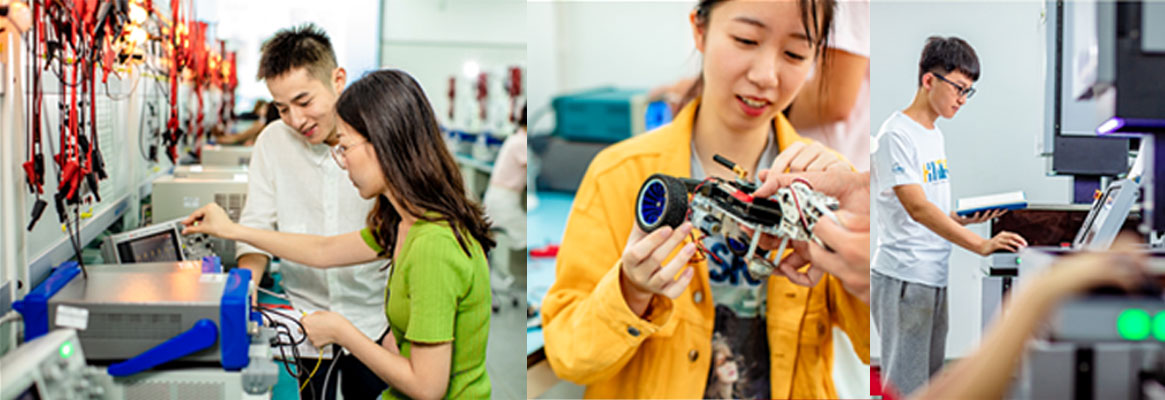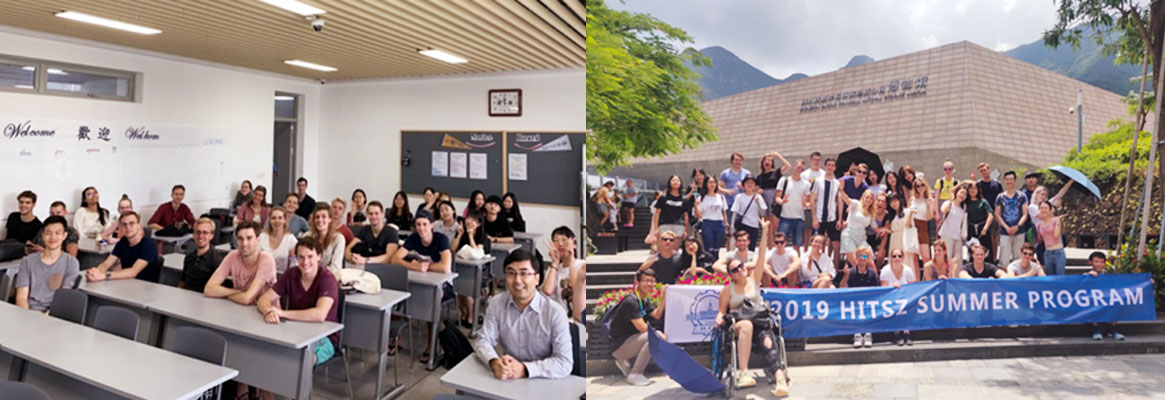School Badge

About Harbin Institute of Technology, Shenzhen
Founded in 2002, the HIT
Shenzhen campus is located in the Greater Bay Area of South China. It provides comprehensive degree programs for undergraduate, graduate, and doctoral levels. It has 10 schools and 4 research centers, with research focusing on materials, intelligent equipment manufacturing, future information technology, artificial intelligence, smart cities, space science, marine engineering, and biopharmaceuticals. The campus aims to become an “internationalized, high-skilled, and research-oriented campus,” and its current emphasis is on revolutionizing higher education, attracting talent, and pioneering global education strategies.
Harbin Institute of Technology (HIT) was established in 1920 in Harbin, Heilongjiang, China. In 1954, HIT became one of six institutions first designated as National Key Universities by China’s Ministry of Education (MOE). Presently HIT is one of the nine schools in China’s University Union (C9). It is a university with science and engineering as its core and has developed to include management, liberal arts, economy, law and other disciplines. Renowned as “the cradle of engineers,” the university is proud of many firsts. HIT established the first School of Astronautics in China. It was the first Chinese university to independently develop small satellites and launch them into the circumlunar orbit. HIT was also the front-runner in achieving satellite–ground laser communications. Additionally, HIT developed China’s first interactive chess-playing computer, and it was the first Chinese university to produce arc- and spot-welding robots. HIT was the first university in the world to reveal the structure of HIV Viral Infectivity Factor (Vif). It was also the first university to achieve a major breakthrough in supporting structural development for the world’s largest radio telescopes. China’s first human–machine in-orbit maintenance experiments on a space operator was also conducted by HIT.
At HIT, there are 22 schools, 86 undergraduate programs, 9 National Key Disciplines, and 7 National Key Labs. It also includes on its staff 38 members of the prestigious Chinese Academy of Sciences (CAS) and Chinese Academy of Engineering (CAE). Eleven disciplines at HIT are ranked among the top 1% on the Essential Science Indicators (ESI) list, including materials science, computer science, and engineering. In 2020, HIT ranked No. 1 on U.S. News & World Report’s “Best Global Universities for Electrical and Electronic Engineering” list and No. 6 on its “Best Global Universities for Engineering” list, respectively. Since its beginning, HIT has always cultivated a strong international environment. Now HIT has signed academic cooperation agreements with 278 universities in 39 countries. These collaborations include student and faculty exchange programs, joint academic conferences, and scientific research cooperation. The “Greater HIT” strategy translates into “One University, Three Campuses,” which includes the Harbin campus, Weihai campus, and Shenzhen campus. HIT is steadily moving toward its goal of becoming a world-class university.

